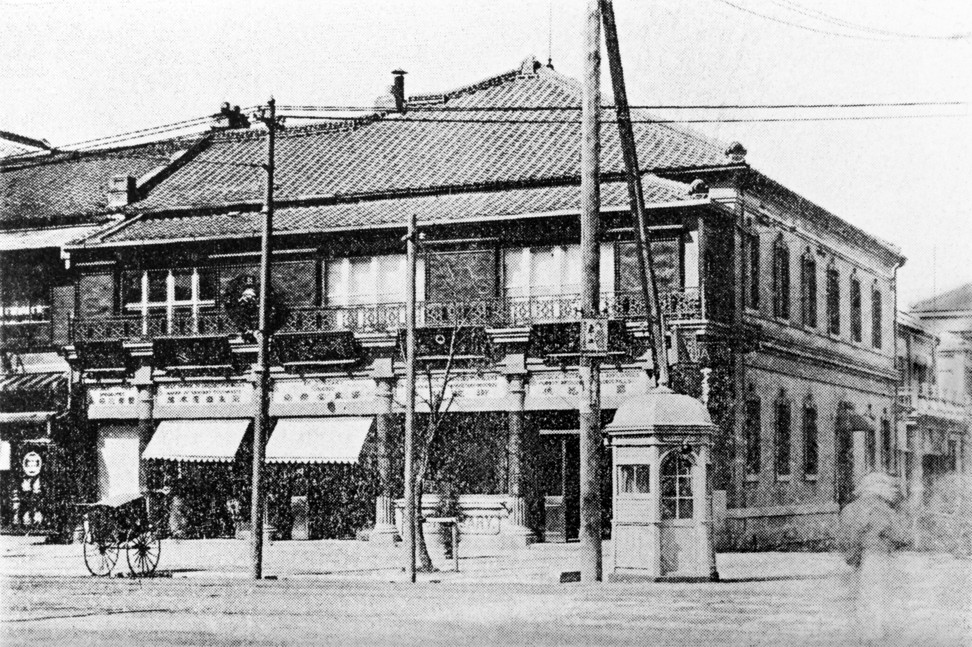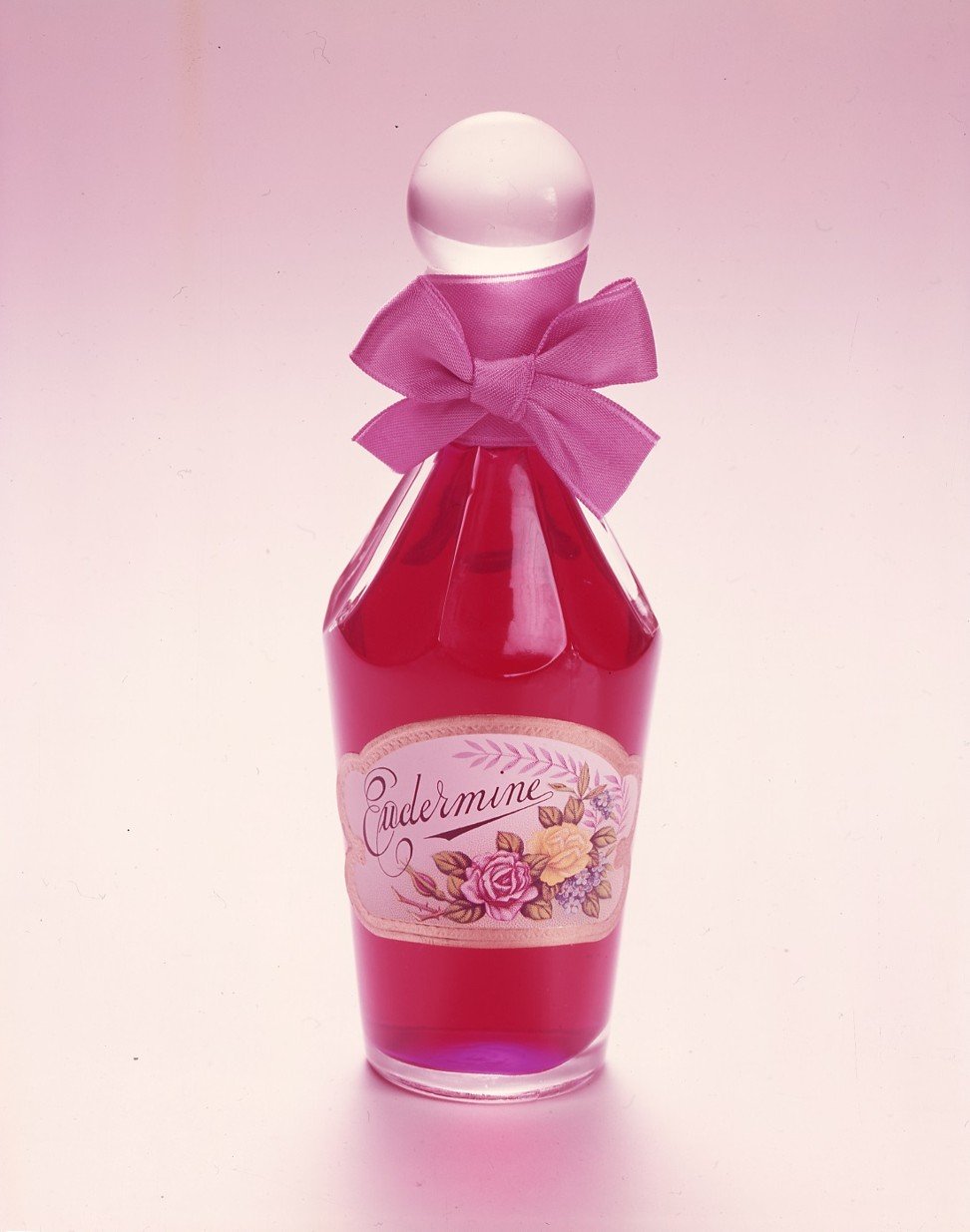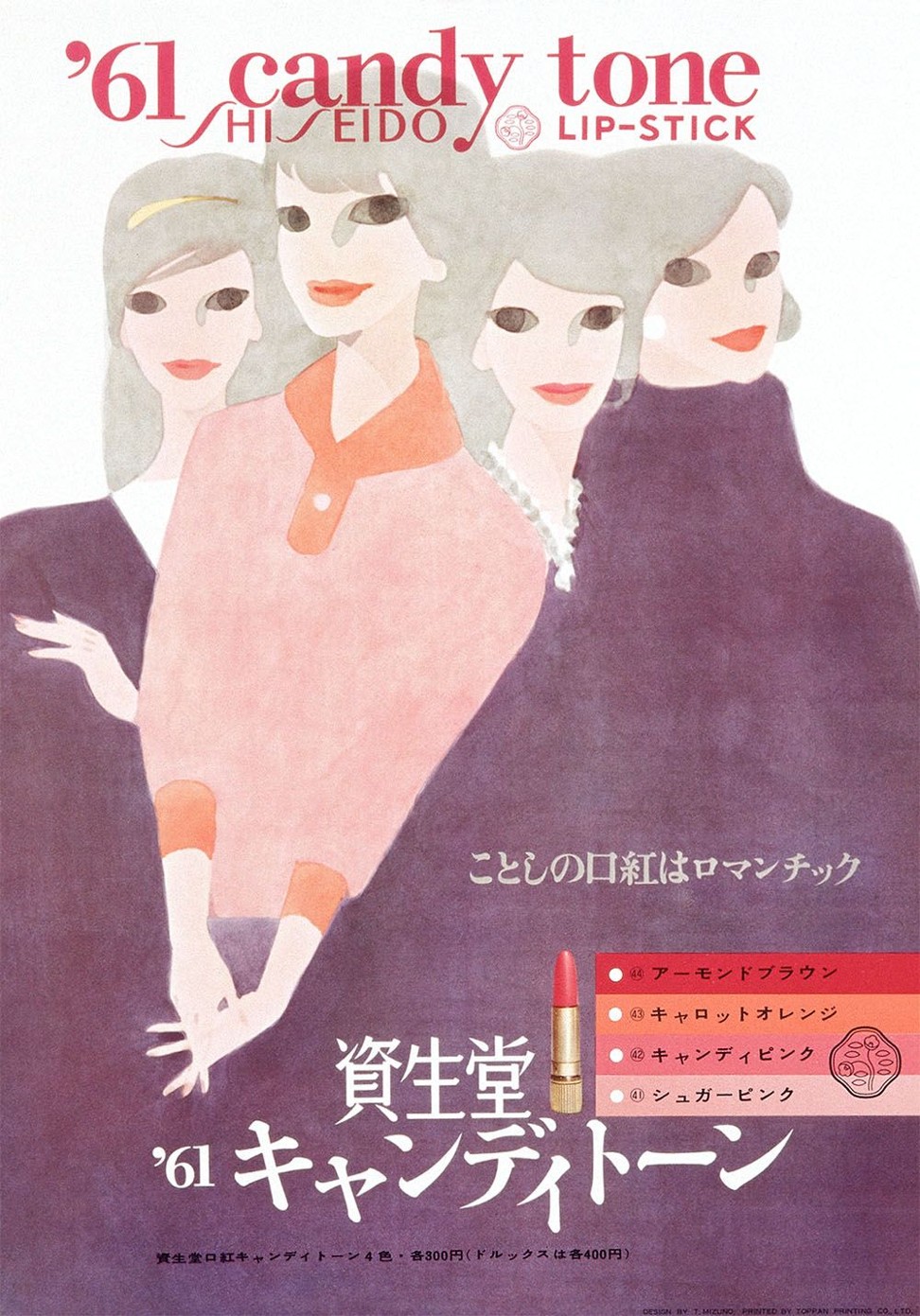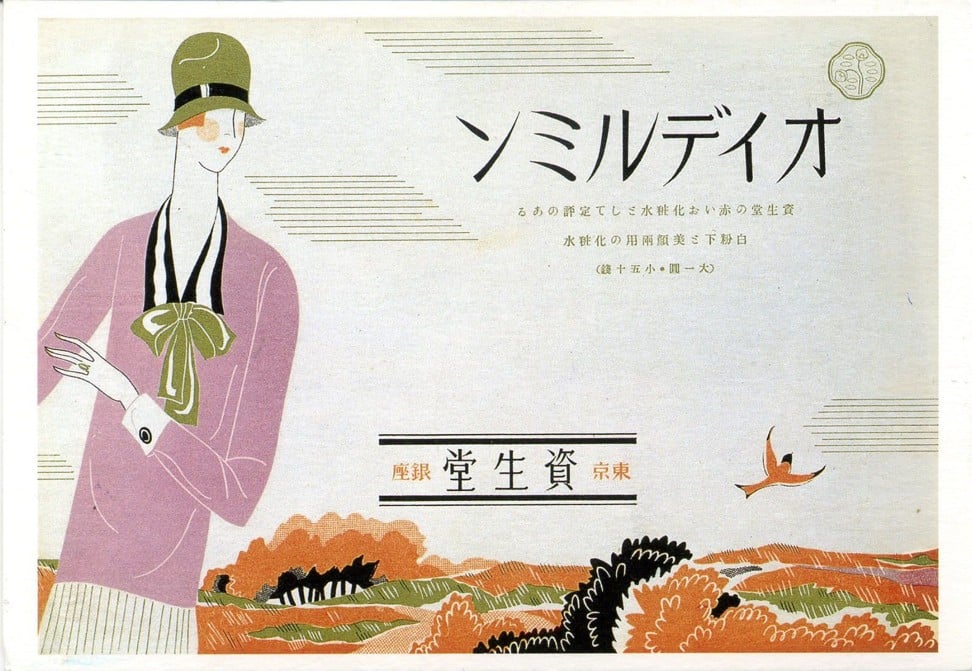
The Shiseido story: from Tokyo pharmacy to global provider of must-have quality cosmetics
- Founded in the 19th century in Japan, Shiseido has leveraged its reputation for quality to garner millions of loyal fans
- It started life as Tokyo’s first Western-style pharmacy, and today is the fifth biggest personal care company in the world
Aya Yoshikawa works in the marketing department of a leading Japanese cosmetics firm, meaning she gets plenty of the latest personal care products for free or at heavily discounted prices. But she is reluctant to identify her employers because every so often, she just can’t stop herself buying products made by a rival cosmetics company.
“I see a new Shiseido release and I just have to have it. I know I work for a rival firm and their products are expensive, but it’s worth paying more because of the quality,” the 36-year-old says. “People know that if you buy a Shiseido product, you are buying the best. It’s trust in the brand.”
Her favourite products are Shiseido’s range of eye shadows and she has – somewhat guiltily, she admits – bought two items recently. And she is waiting for the upcoming release of a new eye shadow product. Once again, she says it is unlikely that she will be able to resist.
That reputation is something that the company has burnished and still trades on to this day, nearly 150 years after the Shiseido Pharmacy was set up by Arinobu Fukuhara as Japan’s first Western-style pharmacy in Tokyo’s now-swish Ginza district in 1872.

Fukuhara was previously head pharmacist for the Japanese Admiralty, creating medicines for the navy, and had studied pharmacological techniques developed in the US and Europe. He used that knowledge to introduce a new business model to Japan that separated the clinic – where a medical diagnosis was made – and a pharmacy that provided the medicine to treat the complaint.
The store appealed to the general public, combining both traditional remedies and the novelty and chic appeal of imported items. A highly personalised service and quality products kept them coming back.

For the name of his new venture, Fukuhara selected a passage from the Chinese text I Ching – or The Book of Changes – with Shiseido encapsulating the phrase, “How wonderful is the virtue of the Earth, from which all things are born”.
While the company was initially focused on the domestic market, Shiseido has since grown into the largest personal care company in Japan and the fifth-largest in the world, employing well more than 33,000 people, and reporting net sales of more than 1.13 trillion yen (US$10.28 billion) in the year to December 31, 2019, up 3.4 per cent on the previous year.
Yet the founding family’s same attitude and approach permeate Shiseido to this day, said a spokesperson for the company. “For us, the satisfaction of our customers is the first priority. To make customers satisfied, products’ functions, quality and image are crucial, as well as the quality of the service in our stores.”

After a promising start, in the 1880s, Shiseido started to manufacture its own medicines, and in 1888 released Fukuhara Sanitary Toothpaste, Japan’s first domestically produced toothpaste. With business booming, the company started to produce cosmetics products, with Eudermine skin lotion launched in 1897. Five years later, taking a leaf out of America’s evolving drug store culture, Shiseido installed soda fountains in its stores and started selling ice cream.
International shipping was affected in the final decade of the 19th century and into the early years of the 20th, initially by the Sino-Japanese war of 1894-95 and then the Russo-Japan conflict of 1904-05. With imports harder to obtain, Shiseido’s own products came to dominate the market, to the point that the company began to shift away from pharmaceuticals to focus on cosmetics.
The firm spun off its cosmetics department into a separate business in 1916 and opened its first dedicated make-up store in Ginza in the same year. The shop was on the ground floor of the three-storey building, with the company’s design division, product development section and laboratories on the other floors.

The development swiftly paid dividends: in 1917 Shiseido released its Seven Colours face powder – a novel product in a society where white face powders were the norm, but based on the concept of meeting individual customers’ preferences – followed the same year by the launch of Hanatsubaki, the first perfume created in Japan.
In 1923, Shiseido introduced a franchise system that took the brand beyond Tokyo and made it a nationwide concern. Shinzo Fukuhara, son of the founder of the company, increasingly took over operations at the company in the 1920s and became Shiseido’s first president in 1927, when the firm changed from being a limited partnership to a joint stock company.
Building on success at home, Shiseido registered a Western-style corporate logo in 1928 and, three years later, began exporting Rose Cosmetics to countries in Southeast Asia. A further innovation for the domestic market came in 1937 when franchise operators introduced a mail order business called the Camellia Club, named after the art-nouveau flower logo that Shiseido had been using since 1915. The network of 25,000 franchised stores continued to do steady business, with membership of the Camellia Club peaking in the late 1980s at 9.6 million people.

Considered the trendsetter for the domestic industry, even the widespread devastation caused to Japanese cities during World War II didn’t put Shiseido out of business. Within five years of Japan’s surrender, the company was again listed on the resurrected Tokyo Stock Exchange.
The company’s domestic pre-eminence was unchallenged, with more stores being opened, the creation in the 1950s of a wholesale network for the sale of soap, toothpaste and sundry goods and, in 1953, the opening of the Shiseido Institute of Beauty Technology.
In 1957, the company resumed its overseas operations by recommencing exports to Taiwan, followed by marketing campaigns in the new markets of Singapore and Hong Kong and then Hawaii in 1960. Full sales subsidiaries were set up in Hawaii in 1962, followed by New York and Milan before the end of the decade, and then similar operations in New Zealand, Thailand, Australia, France, West Germany and Great Britain.

An initial broad-based launch in the mainland US in the early 1970s failed to take the new market by storm, so Shiseido thought outside the box and offered an exclusive product line to a number of top US fashion retailers, such as Bloomingdale’s in New York. By the middle of the 1980s, the collections were bringing in US$75 million a year and sales were growing by 40 per cent a year.
There was a sense, however, that Shiseido was losing touch with the younger consumer, with its lines broadly seen as for the older generation. Stores and product lines no longer meshed with the tastes of younger people. The company responded in 1980 by hiring Serge Lutens, a French designer, to freshen up the corporate image, with the product line-up soon segmented into five age groups. Other successful approaches included product diversification and the rearranging of stores to cater to specific markets, such as lines aimed at the younger demographic.

The company introduced exclusive new collections, beauty consultation services at department stores, and health foods and even sports clubs for men and women.
In 1986, Shiseido acquired French beauty salon and beautician school Carita SA, and opened the Alexandre Zouari beauty salon in Paris in 1987. The following year, it enhanced its presence in the US by acquiring Zotos International, America’s top domestic supplier of professional hair care products.
From the start of the 1990s, Shiseido increased efforts to become a global power in the cosmetics field, partly in response to the sudden popularity at home of discount chains that followed the tenets of pile ‘em high, sell ‘em cheap. The change in Japanese consumers’ attitudes was compounded by the easing of regulations on imports that had effectively reduced the competition that Shiseido faced.
I see a new Shiseido release and I just have to have it. I know I work for a rival firm and their products are expensive, but it’s worth paying more because of the quality
To meet the challenge, Shiseido started to produce mid-range and cheaper products, while continuing aggressive overseas expansion through joint ventures, acquisitions of other brands and the construction of new production facilities, including in France.
In 1991 Shiseido set up a joint venture called Shiseido Liyuan Cosmetics with Beijing Liyuan to develop, produce and market premium cosmetics. Within four years, the venture’s Beijing factory was producing the Aupres line of cosmetics specifically for the Chinese market.
The early years of the new millennium were less kind to the company, thanks in large part to the broader global economic downturn and the impact on personal care products, and Shiseido in 2001 reported its first net loss in 55 years.

Some aggressive efforts to reduce operating expenses, by reducing the number of cosmetic brands, combined with booming sales in other parts of Asia – most notably China – helped put the company back in the black within two years.
In recent years, Japanese companies have faced a new set of increasingly acute challenges, notably a falling workforce and an ageing population, that all companies will need to overcome if they are to survive, although there have been some positives that companies like Shiseido are looking to tap into. One of the top areas of opportunity is the reputation that “Made in Japan” enjoys in many other countries and a rapid increase in the number of foreign tourists coming to Japan, the vast majority coming from Asia. And many have Shiseido products high up on their shopping lists.

